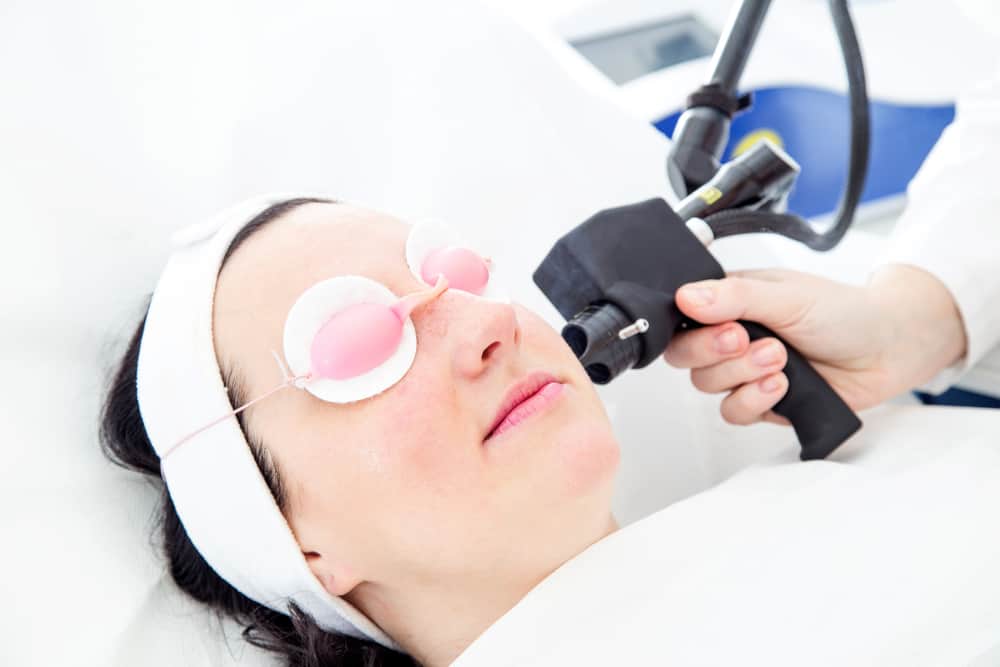Contents:
- Medical Video: How Is An Autopsy Performed?
- What is the purpose of the corpse autopsy?
- What happened at the corpse autopsy?
- What is done to the organs that have been removed during the corpse autopsy?
Medical Video: How Is An Autopsy Performed?
For those of you fans of detective films, you must be very familiar with it scene autopsy of a murder victim in a morgue - the body was dissected by a forensic expert to find out what caused his death, and how and when he was killed. All this information is then passed to the investigating team to hunt down the culprit. But of course what happens in the real world is not as easy as what is seen on the screen. Curious what exactly is the process of corpse autopsy? Read on to find out more.
What is the purpose of the corpse autopsy?
Corpse autopsy is a procedure to find out about the cause, method, when, and how someone died. According to the NHS, corpse autopsy is usually done in cases of death that:
- Not expected, like sudden death in a baby
- Acts of violence (domestic violence / bullying / sexual violence / intentional and non / other criminal killings)
- Natural or suspicious, such as suicide, drug overdose, poisoned
- Accident victim
- Death that occurs after a procedure in a hospital, such as death after surgery
- The cause is unknown
The autopsy of the corpse is also carried out by medical research interests in various research institutions including on the medical campus, for example knowing how a disease can cause death.
What happened at the corpse autopsy?
Ordinary autopsy is usually done by a pathologist or forensic doctor. Autopsy of the body must be done as soon as possible, usually two to three days after someone's death. Basically, the faster, the better.
The first time the doctor will do an external examination of the body. All facts regarding the condition of the body are recorded and recorded. Starting from height and weight, tooth shape, eye color, scratches or scars, to tattoos or birthmarks that can be used as proof of identity. Recordings can use as many photo cameras as possible and accurately as possible covering all body details.
Then internal surgery is performed. Corpse surgery is done to check the condition of the internal organs. For example, to see the residual content of toxins or residues of other substances in the heart, lungs, kidneys, liver, to the contents of the stomach that might be the cause of death. Surgery is also performed to see if there is organ damage to ensure the cause of death if no suspicious residue is found.
Surgery is done by making a large incision on the body of a Y or U shape, starting from both sides of the shoulder to the hip bone area. The goal is to be able to reach the internal organs of the body. The skin and the underlying tissue are separated, so that the body's ribs and the room in the abdomen or the middle part of the body are clearly visible.
Then, the ribs are removed so that they can show the neck and chest organs. This allows the surgeon to take tracheal organs, thyroid gland and parathyroid, esophagus, heart, thoracic aorta, and lungs. After the organs are removed, the surgery can take other organs underneath, such as the intestine, liver and gallbladder, pancreas, spleen, kidney and adrenal glands, ureter, bladder, abnominal aorta, and reproductive organs.
Sometimes, it is also necessary to examine the brain organs. To take it, cut it on the head, from one ear to the other. The skull is taken by sawing first. After that, the clearly visible brain is slowly lifted. This is done to find out whether the cause of death comes from the brain, if there is no peculiarity found in other body parts.
What is done to the organs that have been removed during the corpse autopsy?
Organ that has been removed from the body is usually examined with the naked eye first. There are several diseases that cause changes in the appearance of the organs, so that the organs can be seen with the naked eye. For example atherosclerosis, liver cirrhosis, and coronary heart disease.
Examination of internal organs is also carried out microscopically. Each organ is sampled and then examined by a microscope. Microscope examination can take a long time.
After completion, the internal organs that have been taken can be returned to the body again or stored in the formalin jar if at any time needed for the purposes of learning or research, for example on campus. Of course this is with the approval of the family.
If the process is complete, the body that has been shared with the organs is re-sewn open to be returned to the family and then buried or cremated. Full reports will be obtained within a few days to weeks afterwards.












